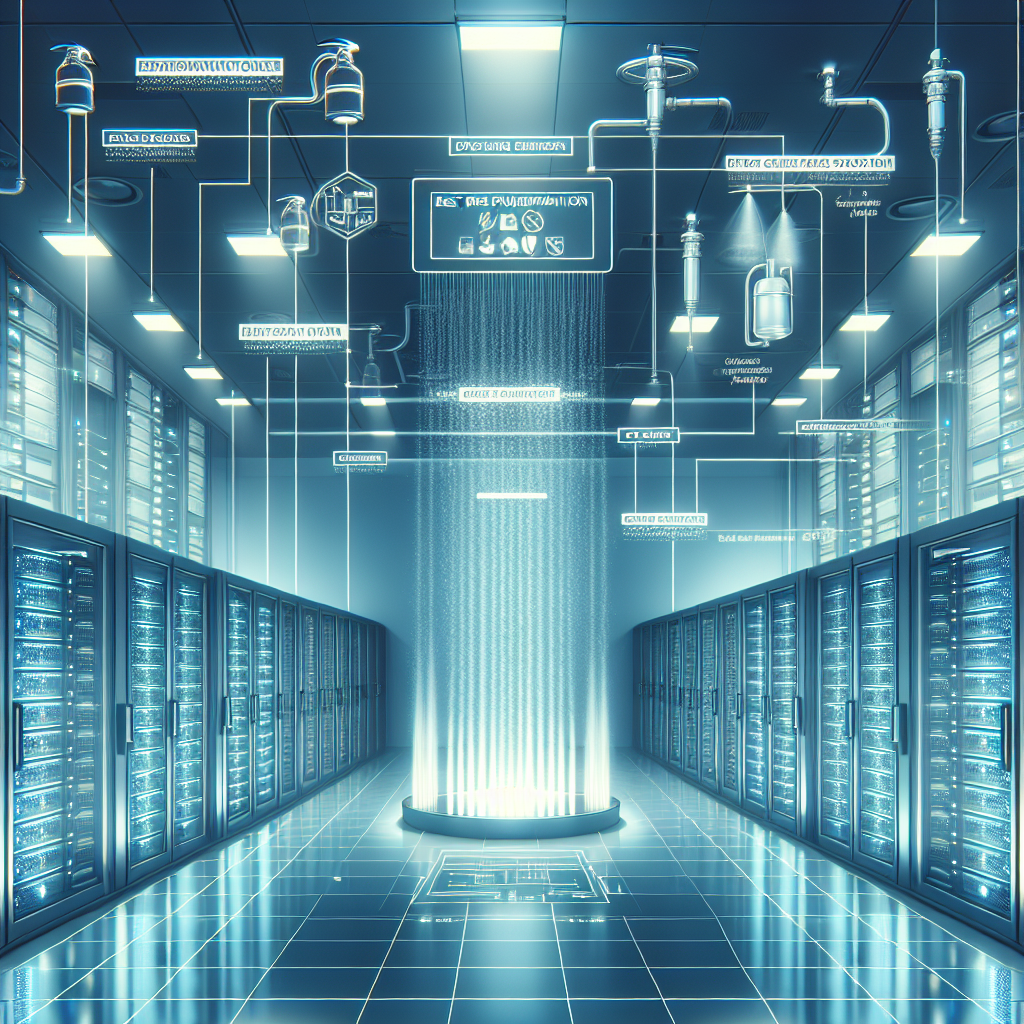Data centers are essential for storing and processing vast amounts of digital information, making them critical assets for businesses of all sizes. However, with the increasing reliance on technology, the risk of fire in data centers is a growing concern. Implementing a comprehensive fire suppression plan is essential to protect your data center and prevent potential damage to equipment and data. Here are some best practices for implementing a fire suppression plan in your data center:
1. Conduct a thorough risk assessment: Before implementing a fire suppression plan, it is important to conduct a comprehensive risk assessment of your data center. Identify potential fire hazards, such as electrical equipment, overheating servers, and flammable materials, and assess the likelihood of a fire occurring. Understanding the risks specific to your data center will help you develop an effective fire suppression plan.
2. Choose the right fire suppression system: There are several types of fire suppression systems available for data centers, including water-based systems, gas-based systems, and chemical-based systems. Each system has its own advantages and disadvantages, so it is important to choose the right system based on the specific needs of your data center. Consider factors such as cost, effectiveness, and environmental impact when selecting a fire suppression system.
3. Install redundant fire suppression systems: To ensure maximum protection against fires, it is recommended to install redundant fire suppression systems in your data center. This means having multiple systems in place that can activate independently in the event of a fire. Redundant systems can help minimize downtime and prevent data loss in the event of a fire.
4. Regularly test and maintain fire suppression systems: It is important to regularly test and maintain your fire suppression systems to ensure they are functioning properly. Conduct regular inspections, tests, and maintenance checks to identify any issues or malfunctions that could affect the effectiveness of the system. Keep detailed records of all tests and maintenance activities to ensure compliance with regulations and standards.
5. Train staff on fire safety protocols: Educating your staff on fire safety protocols is essential for preventing and responding to fires in your data center. Provide training on how to properly use fire suppression equipment, evacuate the data center in an emergency, and follow established fire safety procedures. Regularly conduct drills and exercises to ensure that staff are prepared to respond effectively in the event of a fire.
6. Monitor for early detection: Early detection of fires is crucial for preventing damage to your data center. Install smoke detectors, heat sensors, and other monitoring devices to quickly identify signs of a fire. Implement a centralized monitoring system that can alert staff to potential fires and initiate the fire suppression system automatically.
By following these best practices for implementing a fire suppression plan in your data center, you can help protect your valuable equipment and data from the devastating effects of a fire. Taking proactive measures to prevent fires and respond effectively in the event of an emergency will help ensure the continued operation of your data center and safeguard your business’s critical assets.


Leave a Reply